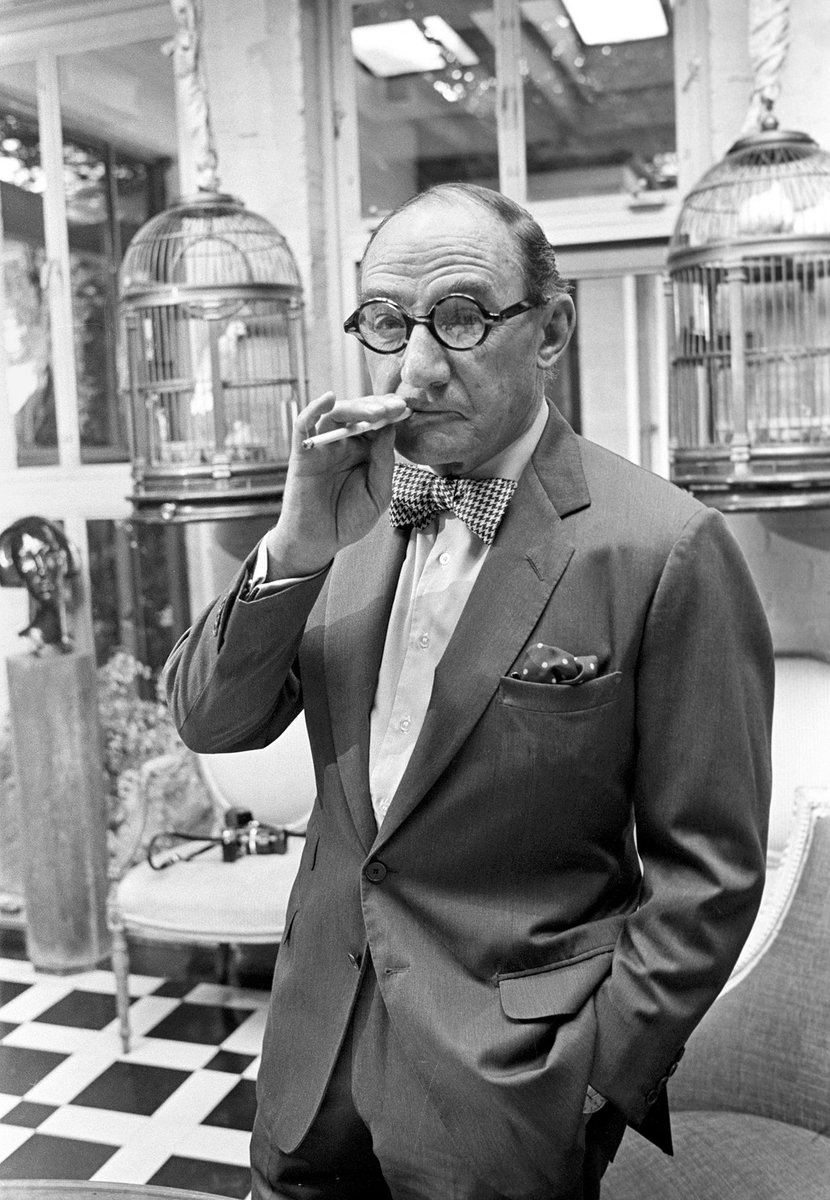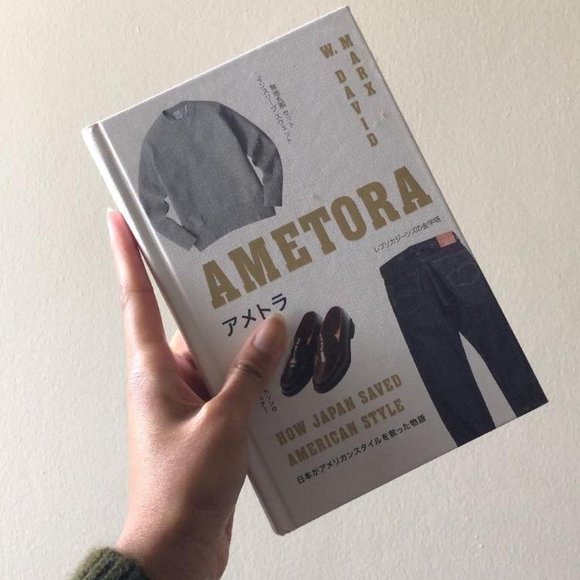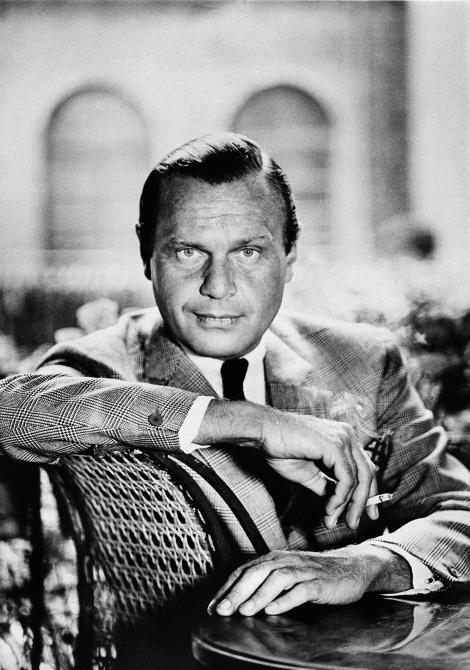https://twitter.com/dieworkwear/status/1784291907335762312
Along with keeping you warm and protecting you from the elements, our clothing performs other important functions: making us look good, communicating our identity, and speaking in a language that makes cultural sense. In tailoring, the number of buttons communicates something. https://t.co/h5MvlONkZm
A one-button closure is considered formal. With the exception of Huntsman, a Savile Row tailoring house that has made it part of its house style, it is typically only seen on evening wear, such as dinner suits (aka tuxedos).

A two-button closure is less formal than one button. On Savile Row, this was the standard for business suits, which are less formal than eveningwear. The bottommost button here is not meant to be fastened.

There is also a three-button closure. As stated in another thread, I think a “hard three” which means a three-button closure with a lapel that rolls to the topmost button is ugly, as it truncates the lapel’s line and makes the coat closed up on you. Lower the roll, the better

In the US, we have something called a three-roll-two, which is a three-button coat with a lapel that rolls past the topmost button (often as low as hitting the middle button). This is what I prefer, partly because I love classic American style.

No one really knows the style’s origin. Some say the design was made to look like old three-button jackets with lapels that naturally rolled over to the second button. Others say that Ivy League students re-pressed their three button coats when two buttons came into fashion.

The important thing is that it’s now part of a classic American look. And to understand American style, you have to understand that we’ve always pushed English style towards the more casual end: button-down collar (instead of spread), softer shoulder (instead of structured), etc

Such things are so great that even stylish Italians picked them up. Here is Rudolph Valentino in a three-roll-two jacket. And Gianni Agnelli in a button-down collar. Italians share this idea that tailoring should be more casual, carefree, and sporty. Less “stiff upper lip”

When you think of a beautifully designed suit, all the elements the fabric, details, silhouette have to work together in harmony. You can’t stick random things on like Mr. Potato Head. Otherwise, you wind up with weird stuff that doesn’t make sense.

Many people in Japan understand this. @wdavidmarx wrote a book called Ametora, which is about how Japan saved various forms of classic American style when Americans abandoned them. To this day, some of the best style communities are in Japan bc they pay attn to these details.

For example, the best American-style suits are no longer made by Americans. They are made by Yuhei Yamamoto, who runs a bespoke tailoring shop in Tokyo called Tailor CAID. He knows all the right details: the buttons, stitching, pocket style, etc.

He makes for Japanese guys who, like him, are fanatical about this stuff and know all the historical details and meaning. But he also travels abroad to make for people in other countries. If you’re in the US, you can check them out at The Armoury in NYC.

Every detail on a suit has a meaning. A one-button cuff is sporty; a two-button is American Ivy; a three-button is slightly casual; and a four-button is more formal.
Most people will not know or notice these things; they are only for enthusiasts.

But if you go to a good tailor or clothier someone who similarly cares and is informed they should be able to guide you. Again, an excerpt from Graydon Carter’s essay about his time as a client at Anderson & Sheppard.

IMO, while people may not know the intricate histories or meaning of these details, they know when a look is “right.” I tested this theory in this thread, and most people agreed on who looks better.
Ppl recognize a good song without knowing the details
